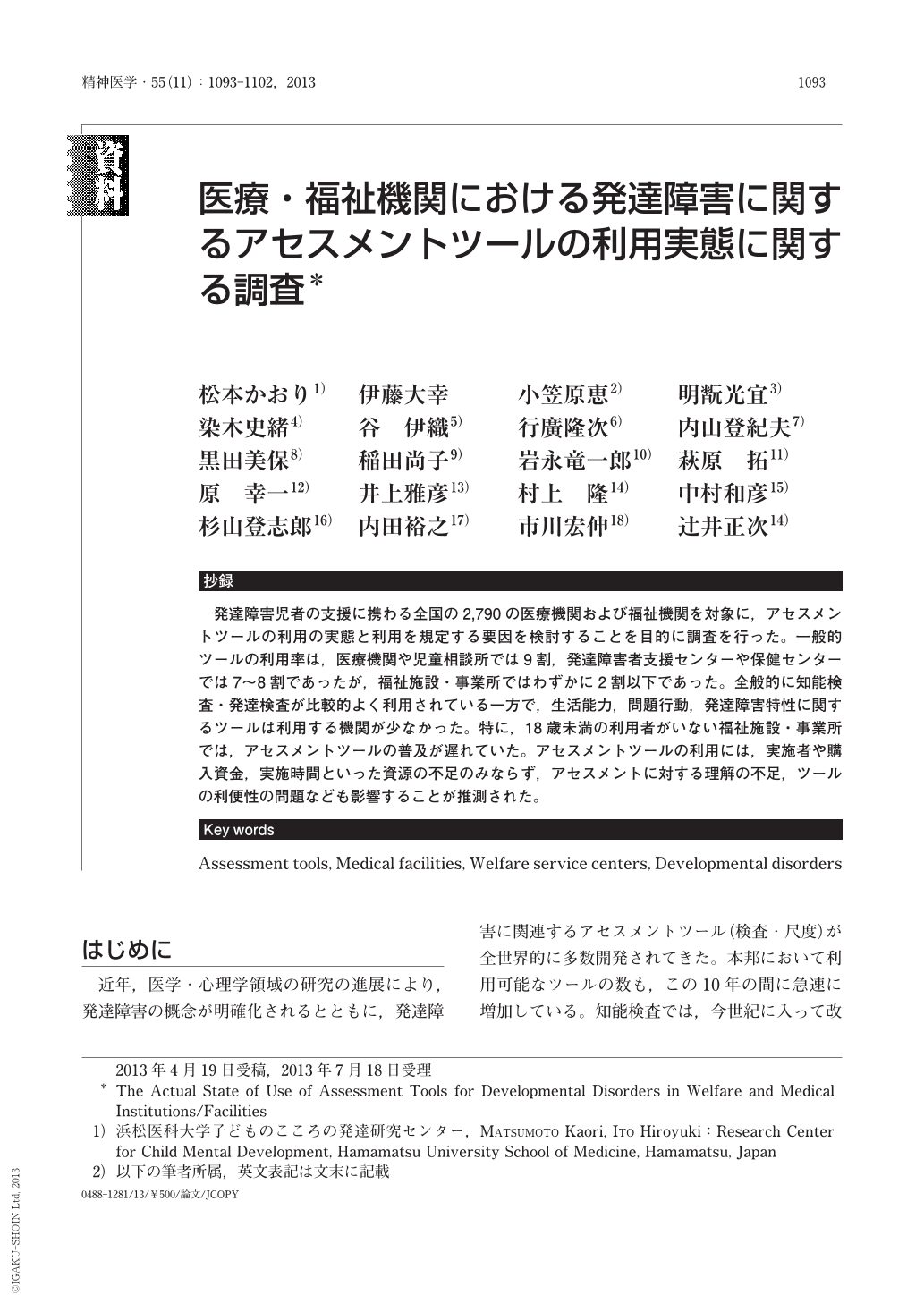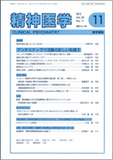Japanese
English
- 有料閲覧
- Abstract 文献概要
- 1ページ目 Look Inside
- 参考文献 Reference
- サイト内被引用 Cited by
抄録
発達障害児者の支援に携わる全国の2,790の医療機関および福祉機関を対象に,アセスメントツールの利用の実態と利用を規定する要因を検討することを目的に調査を行った。一般的ツールの利用率は,医療機関や児童相談所では9割,発達障害者支援センターや保健センターでは7~8割であったが,福祉施設・事業所ではわずかに2割以下であった。全般的に知能検査・発達検査が比較的よく利用されている一方で,生活能力,問題行動,発達障害特性に関するツールは利用する機関が少なかった。特に,18歳未満の利用者がいない福祉施設・事業所では,アセスメントツールの普及が遅れていた。アセスメントツールの利用には,実施者や購入資金,実施時間といった資源の不足のみならず,アセスメントに対する理解の不足,ツールの利便性の問題なども影響することが推測された。
The questionnaire survey was conducted to examine the actual state of use of assessment tools in welfare and medical institutions/facilities across the country that are involved in the support of children with developmental disabilities. The survey targeted 2,790 such institutions/facilities. The results showed that the utilization of common tools was 90% in the child guidance centers and medical institutions and 70-80% in health centers and support centers for individuals with developmental disabilities, but less than 20% in welfare facilities and offices. While intelligence tests, and developmental testing, are often in relatively general use, tools assessing adaptive behaviors, behavior problems, and developmental disabilities are mostly not being used. In particular, assessment tools were not commonplace in welfare facilities and offices that do not have a user under the age of 18. This results from not only a lack of resources and funds to purchase tools and employ practitioners, and/or execution time, but also misunderstandings about the assessments. The inconvenience of the existing tools also affects the usability of assessment tools in these facilities.

Copyright © 2013, Igaku-Shoin Ltd. All rights reserved.


